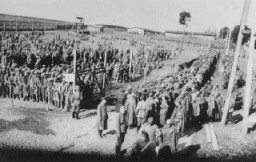You searched for: 网上博彩平台,正规博彩平台,亚洲博彩平台,【www.22kk44.com,复制打开网址】,正规博彩平台,网上博彩平台网址大全,亚洲博彩平台,全球最大的博彩平台,支持人民币的博彩公司,菲律宾博彩网址,大陆博彩平台网上博彩平台推荐,22kk44.com网址KAKfccdfdxccxKcfBE
<< Previous | Displaying results 51-60 of 242 for "网上博彩平台,正规博彩平台,亚洲博彩平台,【www.22kk44.com,复制打开网址】,正规博彩平台,网上博彩平台网址大全,亚洲博彩平台,全球最大的博彩平台,支持人民币的博彩公司,菲律宾博彩网址,大陆博彩平台网上博彩平台推荐,22kk44.com网址KAKfccdfdxccxKcfBE" | Next >>
-
A US soldier draws water from a stream with his helmet
PhotoAn American GI using his steel helmet to draw water from a stream during the Battle of the Bulge. December 22, 1944. US Army Signal Corps photograph taken by J Malan Heslop.
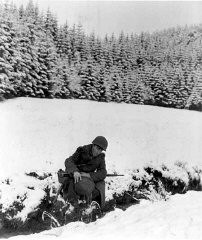
-
A witness testifies about the murder of Catholic priests at Dachau
PhotoFriedrich Hoffman, holding a stack of death records, testifies about the murder of 324 Catholic priests who were exposed to malaria during Nazi medical experiments at the Dachau concentration camp. Dachau, Germany, November 22, 1945.
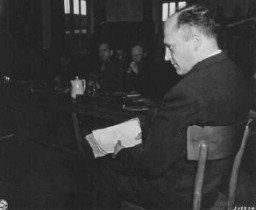
-
Wladislava Karolewska testifies at the Doctors Trial
PhotoWladislava Karolewska, a victim of medical experiments at the Ravensbrück camp, was one of four Polish women who appeared as prosecution witnesses at the Doctors Trial. Nuremberg, Germany, December 22, 1946.
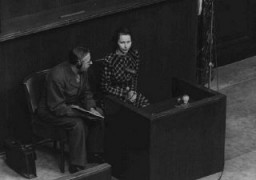
-
Jadwiga Dzido testifies at the Doctors Trial
PhotoConcentration camp survivor Jadwiga Dzido shows her scarred leg to the Nuremberg court, while an expert medical witness explains the nature of the procedures inflicted on her in the Ravensbrück concentration camp on November 22, 1942. The experiments, including injections of highly potent bacteria, were performed by defendants Herta Oberheuser and Fritz Ernst Fischer. December 20, 1946.
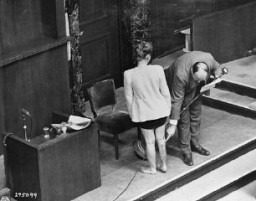
-
Rufus Jones and Clarence Pickettof the American Friends Service Committee (AFSC)
PhotoRufus Jones (seated) and Clarence Pickett were chairman and executive secretary of the American Friends Service Committee (AFSC), respectively. They are pictured here at a Quaker meeting in Philadelphia. The AFSC assisted Jewish and Christian European refugees. Philadelphia, United States, January 22, 1943.
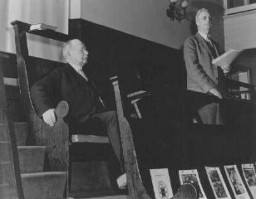
-
French leader Charles de Gaulle in London
PhotoFrench leader Charles de Gaulle in London after France signed an armistice with Germany on June 22, 1940. De Gaulle refused to accept the armistice and led the Free France resistance movement. London, Great Britain, June 25, 1940.
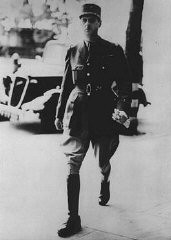
-
Polish-Jewish refugees seeking to leave Europe arrive in Lisbon
PhotoPolish-Jewish refugees seeking to leave Europe arrive in Lisbon. Following the German invasion of France, Jewish and non-Jewish refugee assistance organizations relocated their headquarters to Lisbon, the only neutral European port from which refugees could depart to North and South America. Lisbon, Portugal, June 21-22, 1940.

-
Site of meeting between Neville Chamberlain and Adolf Hitler
PhotoGerman citizens stand outside the decorated Hotel Dreesen, where Neville Chamberlain and Hitler held their second meeting on the Sudetenland and German demands for Czech territory. Nazi flags and the Union Jack fly from the building. Bad Godesberg, Germany, September 22, 1938.

-
Opening day of the United States Holocaust Memorial Museum
PhotoPresident Bill Clinton (center), Elie Wiesel (right), and Harvey Meyerhoff (left) light the eternal flame outside on the Eisenhower Plaza during the dedication ceremony of the United States Holocaust Memorial Museum. April 22, 1993.

-
Germans guard Soviet prisoners of war
PhotoGermans guard prisoners in the Rovno camp for Soviet prisoners of war. Rovno, Poland, after June 22, 1941. Second only to the Jews, Soviet prisoners of war were the largest group of victims of Nazi racial policy.
